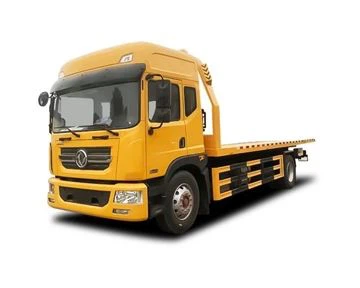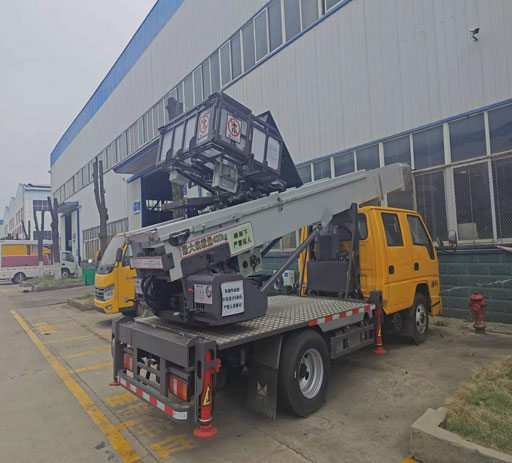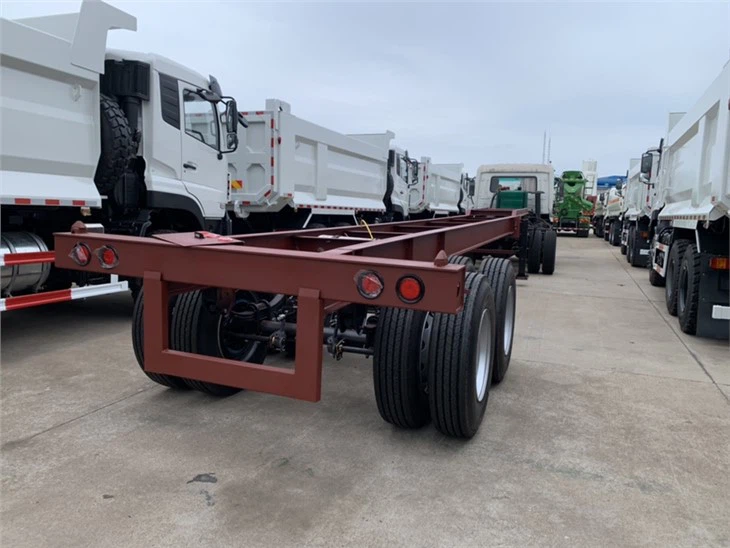Understanding Gas Delivery Trucks: A Comprehensive Guide

Gas delivery trucks play a critical role in the supply chain of fuel distribution. They transport liquid fuel, such as gasoline and diesel, from refineries to retail stations and other consumers. This article will explore the various aspects of gas delivery trucks, including their types, safety regulations, operational tips, and more, providing you with an in-depth understanding of this vital transportation sector.
What is a Gas Delivery Truck?
A gas delivery truck is a specialized vehicle designed to transport liquid fuel securely and efficiently. These trucks are equipped with safety features to prevent spills, leaks, and accidents during transport. They are vital for ensuring that gas stations and other consumers have a continuous supply of fuel.
Types of Gas Delivery Trucks
There are several types of gas delivery trucks, each serving different purposes and capacities. Understanding the various types can help in choosing the right option for specific distribution needs.
1. Tanker Trucks
Tanker trucks are the most common type of gas delivery vehicles. They feature a large cylindrical tank mounted on a truck chassis and are equipped to handle liquid fuels like gasoline and diesel.
Features of Tanker Trucks
- Large storage capacity, typically ranging from 5,000 to 11,000 gallons.
- Equipped with pumps for loading and offloading fuel.
- Made of materials resistant to corrosion and heat.
2. Bobtail Trucks
Bobtail trucks are smaller than tanker trucks and usually have a tank capacity of around 1,000 to 2,000 gallons. They are often used for local deliveries, providing more flexibility in urban areas.
Advantages of Bobtail Trucks

- More maneuverable in tight spaces.
- Lower initial cost and easier maintenance.
- Ideal for small gas stations or emergency deliveries.

3. Portable Fuel Tanks
Portable fuel tanks are smaller units that can be transported on flatbed trucks or trailers. They are typically used for temporary fueling needs, such as construction sites or events.
Common Uses of Portable Fuel Tanks
- Emergency fueling during power outages.
- Supply fuel for heavy machinery on job sites.
- Temporary storage for events requiring large amounts of fuel.
Safety Regulations for Gas Delivery Trucks
Safety is paramount in the operation of gas delivery trucks. Various regulations are in place to protect drivers, the environment, and the public from potential hazards associated with transporting flammable liquids.
1. Department of Transportation (DOT) Regulations
The DOT sets forth regulations governing the transportation of hazardous materials, including gasoline and diesel. These regulations cover vehicle specifications, driver training, and emergency response protocols.
2. Federal Motor Carrier Safety Administration (FMCSA) Guidelines
FMCSA provides additional regulations concerning commercial motor vehicle operations, focusing on driver qualifications, hours of service, and vehicle maintenance.
3. Environmental Protection Agency (EPA) Standards
The EPA enforces environmental standards to minimize the impact of fuel spills and emissions. Compliance includes regular inspections and adherence to spill prevention regulations.
Operational Tips for Gas Delivery Drivers
Gas delivery drivers must adhere to safety protocols and optimize their operations for efficiency. Here are some practical tips for effective gas delivery:
1. Pre-Delivery Checklist
Before starting your route, conduct a thorough inspection of the vehicle and load. Check for:
- Loose fittings or leaks in the fuel tank.
- Tire pressure and condition.
- All safety equipment, including fire extinguishers.
2. Route Planning

Plan your delivery route to minimize fuel consumption and time. Use GPS technology to avoid traffic congestion and ensure timely deliveries. Consider factors such as:
- Delivery schedules.
- Road conditions.
- Regulatory restrictions on certain routes.
3. Loading and Unloading Procedures
Ensure proper loading and unloading procedures are followed to avoid spills and accidents:
- Always use proper personal protective equipment (PPE).
- Verify the delivery destination and ensure compatibility with the fuel type.
- Utilize spill containment measures during loading and unloading.
Environmental Impact of Gas Delivery Trucks
Gas delivery trucks can have significant environmental impacts, from greenhouse gas emissions to potential fuel spills. Understanding these impacts can aid in making better operational choices.
1. Emissions from Gas Delivery Trucks
Like all diesel and gasoline-powered vehicles, gas delivery trucks emit pollutants into the atmosphere. These include:
- Carbon Dioxide (CO2)
- Nitrogen Oxides (NOx)
- Particulate Matter (PM)
2. Minimizing Environmental Risks
Operators can take steps to minimize the environmental risks associated with gas delivery. Strategies include:
- Regular vehicle maintenance to improve fuel efficiency.
- Utilizing biodiesel or other alternative fuels when possible.
- Implementing spill prevention measures during loading and unloading.
Technological Advancements in Gas Delivery
Advancements in technology are improving the efficiency and safety of gas delivery trucks. Here are some notable innovations:
1. GPS and Route Optimization Software
GPS technology enables drivers to navigate more efficiently and avoid traffic jams, resulting in better fuel economy and punctual deliveries.
2. Telemetry Systems
Telemetry systems allow real-time monitoring of truck performance, fuel consumption, and cargo status. This data can help in fleet management and improving safety.
3. Automated Safety Features
Modern trucks may include advanced safety features such as collision avoidance systems and lane departure warnings to enhance driver safety.
Cost Considerations in Gas Delivery Operations
Managing costs is essential for maintaining a profitable gas delivery operation. Several factors influence overall costs:
1. Fuel Prices
Fuel prices fluctuate based on global oil markets, impacting operational costs significantly. Additionally, fuel-efficient vehicles can mitigate costs.
2. Vehicle Maintenance
Regular maintenance is crucial to extend the life of the vehicle and optimize performance. Scheduled maintenance costs should be factored into overall budgeting.
3. Insurance Costs
Insurance premiums for gas delivery vehicles can be higher due to the risks involved. It’s essential to shop around for competitive rates while ensuring adequate coverage.
Future Trends in Gas Delivery
The gas delivery industry is evolving, with several trends likely to shape its future:
1. Electrification of Delivery Fleets
As the push for sustainability grows, some operators are exploring the electrification of delivery trucks as a way to reduce emissions and fuel costs.
2. Adoption of Smart Logistics
Smart logistics systems that utilize AI and machine learning can enhance supply chain efficiency, improve delivery accuracy, and reduce wastage.
3. Regulatory Changes and Compliance
As environmental regulations become stricter, operators may need to adapt their fleets and practices to remain compliant, influencing vehicle types and technologies used.
FAQs About Gas Delivery Trucks
1. What type of fuel do gas delivery trucks typically transport?
Gas delivery trucks typically transport gasoline, diesel, and other petroleum-based fuels.
2. How are gas delivery trucks different from other delivery trucks?
Gas delivery trucks are specifically designed with safety features to handle and transport flammable liquids, while other delivery trucks may not require such specialized equipment.
3. What safety measures should delivery drivers follow?
Drivers should follow strict loading/unloading procedures and use proper PPE, ensure regular vehicle inspections, and adhere to DOT regulations.
4. How can a company reduce fuel delivery costs?
To reduce costs, companies can optimize delivery routes, maintain their vehicles properly, and consider investing in fuel-efficient trucks.
5. Are there alternative fuels used in gas delivery?
Yes, biodiesel, propane, and hydrogen are alternative fuels that some delivery companies are beginning to use to lower emissions and operating costs.
6. What impacts can gas delivery trucks have on the environment?
Gas delivery trucks can contribute to air pollution and greenhouse gas emissions, as well as pose risks of fuel spills, which can damage ecosystems.
This comprehensive article has covered essential information about gas delivery trucks, including their types, regulations, safety, operational tips, and future trends. Implementing best practices and staying informed about industry developments can help ensure a safe and efficient gas delivery operation.
